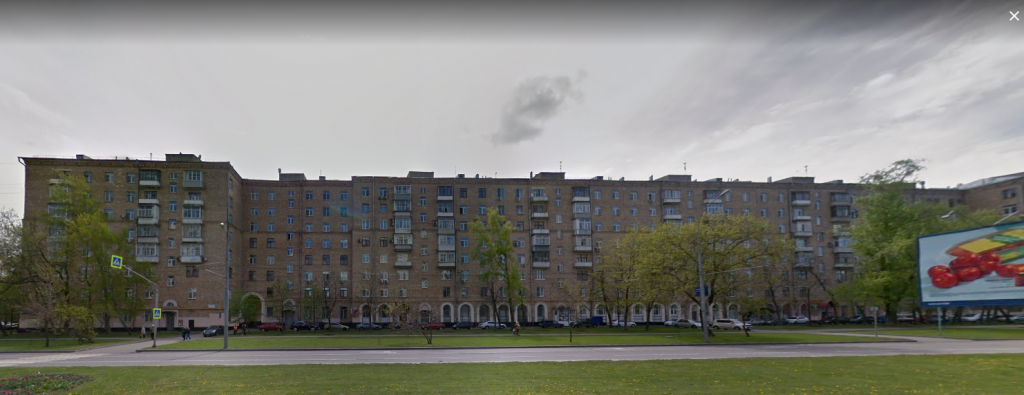Boris Viktorovich
Rauschenbach
1915-2001

Boris Viktorovich Raushenbach was the Head of the Department of Theoretical Mechanics of the Moscow Institute of Physics and Technology, Academician of the USSR Academy of Sciences, Hero of Socialist Labor. In 1932 he entered the Leningrad Institute of Civil Aviation Engineers, became interested in designing gliders, mastered strength calculations and participated in tests in Koktebel. In 1937 he moved to Moscow and at the S.P. Korolev Rocket Research Institute took up the problems of stability of cruise missile flight. In 1938 S.P. Korolev was arrested, the work on cruise missiles was closed, and Rauschenbach took up the theory of combustion in jet engines. In the autumn of 1941, the RNII was evacuated to the city of Sverdlovsk (now Yekaterinburg). In March 1942 Rauschenbach was sent to a labor camp in the city of Nizhny Tagil. He worked as a part of the construction team 18-74 at a local brick factory. In the mid-1950s, Rauschenbach took up the theory of spacecraft control. Developed by him under the guidance of S.P. Korolev (joined him with his team in 1955) spacecraft orientation systems made it possible to take the first photos of the far side of the moon. In 1960 Rauschenbach took an active part in the preparation of the first human spaceflight. On July 1, 1966 he was elected a corresponding member of the USSR Academy of Sciences.
Address: Moscow, Akademika Koroleva str., 9, bldg. 1

